Submitted by Mary Napoli and Angela M. Wiseman, Co-chairs, Early Career Award Committee In our rapidly evolving professional landscape, we continue to advance our collective body of research through the connections forged through CLA. It is this dynamic cycle of research combined with our networking opportunities that informs new directions and possibilities. With this in mind, we want to celebrate the contributions of our CLA Early Career Award Recipients from 2017 to the present. As you will read, they have continued to impact the field with their innovative and timely scholarship. In this blog post, we share their responses to open-ended questions that highlight their recent contributions to children’s literature and future projects on the horizon. They were also invited to reflect on how readers and educators will leverage their research in actionable and transformative ways. Finally, everyone was asked to share a photo of something that matters to them. 2023 CLA Early Career Award RecipientJOSH COLEMAN
2019 CLA Early Career Award RecipientNOREEN NASEEM RODRIGUEZ
2017 CLA Early Career Award Recipient
ANGIE ZAPATA
Mary Napoli is the former co-chair of the 2023 Early Career Award Committee. She is an associate professor of education and reading at Penn State Harrisburg. Angela Wiseman is a former CLA Board Member and co-chair of the 2023 Early Career Award Committee. She is an associate professor of literacy education at North Carolina State University. By Mary Ann Cappiello and Jenn Sanders, on behalf of The Biography Clearinghouse 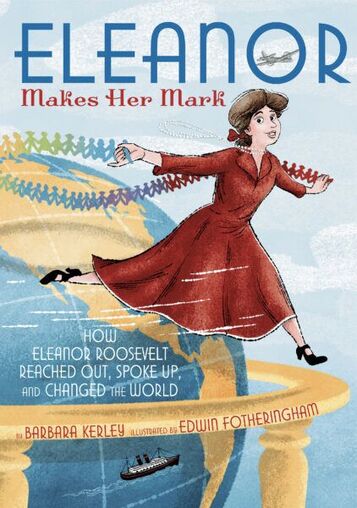 “The purpose of life, after all, is to live it, to taste experience to the utmost, to reach out eagerly and without fear.” This quote greets readers of Barbara Kerley and Edwin Fotheringham’s latest collaboration, Eleanor Makes Her Mark: How Eleanor Roosevelt Reached Out, Spoke Up, and Changed the World. Kerley drops her readers right into the busy preparations for Franklin Delano Roosevelt’s first inauguration, grounding readers in Eleanor’s public identity as the forthcoming First Lady. But then Kerley brings the readers back in time to Eleanor’s unhappy childhood and early adolescent years. Kerley’s characterization of Eleanor builds across the text: shy and quiet girl, engaged intellectual, socialite seeking purpose by teaching calisthenics in settlement houses and researching working conditions in garment factories, and, ultimately First Lady of the United States. As First Lady, Eleanor’s travels continued around the United States and across the Globe as she investigated working conditions, discrimination, and the effects of the devastation of The Great Depression and World War II. Kerley concludes the biography with Eleanor’s position as delegate to the newly formed United States General Assembly, working on the committee that authored the Universal Declaration of Human Rights. Throughout the book, illustrator Edwin Fotheringam works with visual metaphors to emphasize Eleanor’s unflagging energy and her ability to bring people together. In the cover illustration, Eleanor jumps off of a globe, streaming a banner of paper dolls holding hands that trails in her wake. Fotheringham peppers the book with swirling lines of motion, highlighting Eleanor’s boundless verve, vivacity, and constant travel. Fotheringham also continues the hand-holding motif throughout the book to reinforce the ways in which Eleanor Roosevelt brought people together and made them feel seen, heard, and respected. Paper dolls thread through the backgrounds, and Eleanor is often depicted holding hands or connected to the people with whom she is interacting, like one long, human, paper chain. Eleanor Roosevelt’s life work supporting families in under-resourced communities, creating safe working conditions, and promoting world peace has never been more relevant. While we have not lived through the same long-term economic devastation of The Great Depression, the COVID-19 pandemic has created an economic crisis for millions of Americans and billions across the globe. Congress and the White House are engaged in complex conversations and negotiations about the role of government, debating what social programs, safety nets, and infrastructure investments are appropriate in the 21st century; the same kinds of conversations Eleanor Roosevelt engaged in with her husband and their White House staff. The COVID-19 pandemic has revealed how very interconnected our world is, a theme exemplified in the life and work of Eleanor Roosevelt. Using the Investigate, Explore, and Create Model of The Biography Clearinghouse, we offer a range of critical teaching and learning experiences to use with Eleanor Makes Her Mark: How Eleanor Roosevelt Reached Out, Spoke Up, and Changed the World on our site. In our interview with Barbara Kerley and Edwin Fotheringham, you can learn about their research and creating processes. Highlighted here are two ideas inspired by the book. First Ladies and Social Media During our interview, Barb Kerley shared that she found a treasure trove of information about Eleanor Roosevelt’s daily life in archives of Eleanor’s (almost) daily column, “My Day,” which ran in papers across the country from 1935 to 1962. Laughing, Barb suggested that the column was Eleanor Roosevelt’s version of social media. After reading Eleanor Makes Her Mark, leverage Eleanor’s “My Day” column as an opportunity for your middle school students to explore how First Ladies have used the tools at their disposal to communicate directly with the public. To learn more about the column, you can explore the resources of The George Washington University’s Digital Eleanor Roosevelt Papers Project. Read her column by year or search for specific content across the years. After students have had an opportunity to read some columns, have them compare and contrast them with one another. What do they learn about Eleanor Roosevelt, and the circumstances of the world she lived in? How do the columns extend the understanding of Eleanor’s public life they received from Eleanor Makes Her Mark? How do they challenge their understanding? Next, provide students with the opportunity to compare and contrast how the current and most recent First Ladies have used social media to speak with the public. Because some comments on social media are not appropriate for tweens to read, we recommend that you select some tweets from each First Lady and share them with your students. You can choose from First Lady Jill Biden’s (@FLOTUS) Twitter account, former First Lady Melania Trump’s (@MELANIATRUMP) Twitter account or her archived @FLOTUS Twitter account, former First Lady Michele Obama’s current (@MichelleObama) Twitter account or her archived @FLOTUS Twitter account, and former First Lady Laura Bush’s current (@laurawbush) Twitter account. Synthesize the exploration by asking students to compare and contrast what they see as most valuable in the communications they explored. Why is it important for First Ladies--or First Gentlemen, or First Spouses--to communicate directly with the public? What kind of information is valuable for them to share, and why? Creating Diagrams to Add Information Writers and artists often choose to represent information visually with a diagram. Ed Fotheringham talked about his process of researching the floorplans of the White House and deciding how to show the inside of the White House. He ultimately settled on a cut-away diagram that is similar to a cross-section diagram. Diana Aston and Sylvia Long also use diagrams masterfully in their informational books An Egg is Quiet (2006) and A Seed is Sleepy (2007). Explore the power of diagrams to carry information with your students.
Visit The Biography Clearinghouse for several more teaching ideas for Eleanor Makes Her Mark and the other biography units we have on the website! Mary Ann Cappiello teaches courses in children’s literature and literacy methods at Lesley University, blogs about teaching with children’s literature at The Classroom Bookshelf, a School Library Journal blog, and is a former chair of NCTE’s Orbis Pictus Award for Outstanding Nonfiction K-8. Jennifer Sanders is an Associate Professor of Literacy Education at Oklahoma State University, specializing in representations of diversity in children’s and young adult literature and writing pedagogy. She is co-founder and co-chair of The Whippoorwill Book Award for Rural YA Literature and long-time member of CLA. BY ERIKA THULIN DAWES & XENIA HADJIOANNOU, ON BEHALF OF THE BIOGRAPHY CLEARINGHOUSE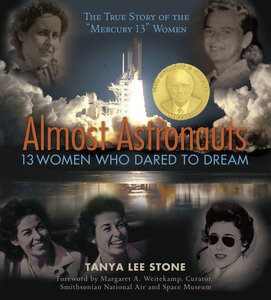 On January 20, 2021, we witnessed the swearing in of the first woman vice president of the United States of America. The oath of office was administered by Justice Sonia Sotomayor, the first Latina member of the court. This celebratory moment stood both as a joyous milestone marking just ‘how far’ women have come and was at the same time a stark reminder of persistent gender inequities in our society. The COVID-19 Pandemic has highlighted continued disparities as women have dropped out of the workforce at far higher numbers than their male counterparts, likely due to disproportionate responsibilities of child care and housework (Bateman & Ross, 2020). As we continue to work toward greater equality for women, here in the United States and globally, it is critical to share with young people the stories of women across history who have worked toward breaking boundaries for themselves and for other women. Tanya Lee Stone’s Almost Astronauts, 13 Women Who Dared to Dream is an important narrative in that history. Stone relates the story of women’s eventual entry to NASA’s space program by focusing on the stories of 13 women who dreamed of being astronauts and proved themselves through a private testing program in the early 1960s to be just as capable as their male counterparts. Almost Astronauts is a history text that is highly biographical. It features life stories, but it is not a traditionally organized biography of a single individual or a collection of biographies. To shape the historical narrative, Stone employs several biographer techniques such as well researched and documented character sketches, biographical blurbs, and narrative episodes. The latter are of particular note, as Stone’s vivid descriptions place the reader in the moment with these women as they pursue their dreams. The book is replete with photographs, as well as reproductions and descriptions of primary source documents and artifacts that support and enhance the narrated events but also help establish their historical context. With a compelling narrative, engaging life stories, and immersive description, Almost Astronauts is a versatile teaching tool for middle and high school classrooms. It fits well in units on space exploration, women’s history, boundary breaking, gender stereotyping, and narrative writing. In our entry on The Biography Clearinghouse, we use the Investigate, Explore, and Create Model to present ideas for using this book in the classroom as a read aloud, a text to use in literature circles, a mentor text, and a resource text.
Below we feature one of two time-gradated teaching recommendations included in the Create section of our Almost Astronauts Book Entry. Composing Multimodal Multigenre Biographies When researching the Mercury 13, Tanya Lee Stone used an array of multimodal primary and secondary sources, which are listed at the back of the book. The book itself includes many photographs, descriptions of images and events, and transcripts of interactions that reproduce or explicitly reference those sources. In our entry on Almost Astronauts at The Biography Clearinghouse you will find a curated list of multimodal resources to open up the world of the book for classroom communities and support an immersive, multimodal engagement with it. In this recommendation, students have the opportunity to engage in their own biography research and experiment with biography composition through a multimodal, multigenre approach.
ReferencesBateman, N., & Ross, M. (2020, October 14). Why has COVID-19 been especially harmful for working women? Brookings Institute Essays. https://www.brookings.edu/essay/why-has-covid-19-been-especially-harmful-for-working-women/ Harper, L. (1997). The writer’s toolbox: Five tools for active revision instruction. Language Arts, 74(3), 193–200. Erika Thulin Dawes is a Professor of Language and Literacy at Lesley University where she teaches courses in children’s literature and early childhood literacy. She blogs about teaching with children’s literature at The Classroom Bookshelf, a School Library Journal blog, and is a former chair of NCTE’s Charlotte Huck Award for Outstanding Fiction for Children. Xenia Hadjioannou is an Associate Professor of Language and Literacy Education at the Harrisburg campus of Penn State University where she teaches and works with pre- and in-service teachers through various courses in language and literacy methodology. She is the co-director of the Capital Area Writing Project, the Vice President and Website Manager of the Children's Literature Assembly, and a co-editor of The CLA Blog. BY WENDY STEPHENSEditorial Note: This post is the first in a 2-part series by Wendy Stephens discussing the rich landscape of book awards announced over the winter months. In this first post, Wendy focuses on ALSC awards and awards by ALA affiliates recognizing books for children or books for a wide spectrum of age groups. The second post, which will be published next week, will present awards for YA literature administered by YALSA, as well as several other notable awards. When we talk about budgeting for materials, I always advise my school librarian candidates to be sure to save some funding for January. No matter how good their ongoing collection development has been throughout the year, there are always some surprises when the American Library Association's Youth Media Awards (YMAs) roll around, and they'll want to be able to share the latest and best in children's literature with their readers. These are the books that will keep their collections up-to-date and relevant. From our own childhoods, we always remember the "books with the medals" -- particularly the John Newbery for the most outstanding contribution to children's literature and the Randolph Caldecott for the most distinguished American picture book for children. These books become must-buys and remain touchstones for young readers. In 2021, Newbery is celebrating its one hundredth year. Some past winners and honor books are very much a product of their time, and many of those once held in high esteem lack appeal today. For those of us working with children and with children's literature, the new books honored at Midwinter offer opportunities to revisit curriculum, update mentor texts, and build Lesesneian "reading ladders." Each award committee has its own particular award criteria and guidelines for eligibility, and its own process and confidentiality norms. Every year, the YMAs seems to be peppered with small surprises. Does New Kid winning the Newbery means graphic novels are finally canonical? Is Neil Gaiman an American? What about all the 2015 Caldecott honors, including the controversial That One Summer? Did the Newbery designation of The Last Stop on Market Street mean you can validate using picture books with older students? How does Cozbi A. Cabrera's much-honored art work resonate at this historical moment? In Horn Book and School Library Journal, Newbery, Caldecott and Printz contenders are tracked throughout the year in blogs like Someday My Printz Will Come, Heavy Medal, and Calling Caldecott. Other independent sites like Guessing Geisel, founded by Amy Seto Forrester are equally devoted to award prediction. Among librarians and readers, there are lots of armchair quarterbacks, and conducting mock Newbery and Caldecotts, either among groups of professionals or with children, have become almost a cottage industry. There are numerous how-tos on that subject, from reputable sources like The Nerdy Book Club and BookPage. But there are numerous other awards announced at ALA Midwinter almost simultaneously that deserve your attention, too. Among the Association for Library Services for Children (ALSC) awards are: the Robert F. Sibert Medal, the Mildred L. Batchelder Award, the Geisel Award, the Excellence in Early Learning Digital Media Award, and the Children's Literature Legacy Award.
Aside from the award winners, each year annual ALSC Children's Notable Lists are produced in categories for Notable Children's Recordings, Notable Children's Digital Media, and Notable Children's Books. If you want to see the machinations behind the designation, those discussions are open to the public this year via virtual meeting links. Outside of ALSC, many of ALA’s affiliates have their own honors for children's literature. These include the Ethnic and Multicultural Information Exchange Round Table (EMIERT) which sponsors the Coretta Scott King Book Awards; the Association of Jewish Libraries which sponsors the Sydney Taylor Book Awards; and REFORMA: The National Association to Promote Library and Information Services to Latinos and the Spanish-Speaking which sponsors the Pura Belpré awards. In addition to these affiliates, others such as the Asian/Pacific American Librarian Association and the American Indian Library Association also present awards. The awards are always evolving to reflect the abundance of literature available for young people. Like the Association of Jewish Libraries and the Asian/Pacific American Librarian Association awards, the American Indian Youth Literature Awards were first added to the televised YMA event in 2018. And this year was the first year for inclusion for a new Young Adult category for the Pura Belpré. Two awards of particular significance are the Stonewall Book Award – Mike Morgan and Larry Romans Children’s and Young Adult Literature Awards are given annually to English-language works found to be of exceptional merit for children or teens relating to the gay, lesbian, bisexual and transgender experience, and the Schneider Family Book Awards, honoring authors or illustrators for the artistic expression of the disability experience for child and adolescent audiences, with recipients in three categories: younger children, middle grades, and teens.
Wendy Stephens is an Assistant Professor and the Library Media Program Chair at Jacksonville State University. (Re)Connecting & Staying Connected: Sharing Our Lives Through Family Stories & Oral Storytelling5/21/2020
BY SELENA E. VAN HORN
Some of the most beautiful stories will not come from books but from the voices of our families and communities. Oral storytelling and oral histories are passed from generation to generation, told during times of struggle and celebration. Many of our cultural, linguistic, religious, and community identities are shared through these stories. Below are a few picturebooks where authors have shared the crafts and values of oral storytelling.
Connecting with Picturebooks
Recording and Transcribing Oral Stories
After sharing the above mentor texts on oral storytelling/histories, teachers can invite young storytellers to engage in their own oral history/storytelling projects. Some examples might include:
Oral histories/stories can be recorded and transcribed for multiple listening/reading opportunities. They can be shared with their teacher/class and shared with family/community as a treasure. Students might also consider starting their own podcast and/or oral journaling. Below are a few tools that offer free recording and transcription. Zoom for Education
Zoom is removing the 40 minute time limit on their Basic Free Account for K-12 schools affected by the COVID-19. This includes the ability to record and transcribe zoom sessions with lessons to allow students to learn how at their own pace.
Otter.ai
The Basic, free account syncs with Zoom cloud recordings and allows up to 600 minutes (recording and transcription) for free (max. 40 min. sessions) each month.
Voice Memo App by Apple
This free app for iPhone, iPad, iPod Touch, or Mac allows you to record, edit, and share recordings; however, it does not offer transcription capabilities.
Recording oral stories can be a documentation of a moment in time and/or an on-going form of reflection and connection. For teachers and parents interested in oral stories, check out the StoryCorps Podcast.
Selena E. Van Horn is a CLA/IDE Committee Member.
BY ASHLEY A. ATKINSON As we enter another week of sheltering in place and remote learning, it is clear that COVID19 will continue to impact our educational practices for the foreseeable future. As I talk to friends and colleagues still in the classroom, they share some beautiful moments of success that should be celebrated. However, I also hear stories highlighting the difficulty of continuing to maintain student engagement. During this time of stress on a global level, we, as educators, have to reach deep into our toolboxes to find new ways to engage with our students and their families. One silver lining that has stemmed from COVID19 is the influx of resources provided by authors and illustrators to assist parents and teachers in engaging with literacy learning at home. I have seen several blog posts, including Lora M. Dewalt's Post on this blog @Instagram’s #KidLit Community, that highlight amazing opportunities to engage with authors. In today’s post, I am going to focus on the illustrators. Visual images are an important aspect of meaning making for young children. Often in the classroom, we focus on the words authors pen and less on ways in which the illustrator is a crucial part of the story. Larry Sipe in his book, Storytime: Young Children's Literary Understanding in the Classroom, highlighted the interplay and interconnectedness between images and text, what he called synergy. The synergistic relationship of illustrations and text makes clear the greater impact when viewed together. Giving students a chance to engage and create both text and illustrations honors this relationship and expands the possibilities for how children make meaning.
|
Mo Lunch DoodlesYou may be familiar with Mo Willems as the well-known author and illustrator of the Elephant and Piggie book series, but did you know he is also the Kennedy Center Education Artist-in-Residence at Home? In partnership with the Kennedy Center, he has created 15 episodes of Lunch Doodles with Mo Willems. In his own words, Mo Willems says, “You might be isolated, but you’re not alone. You are an art maker. Let’s make some together.” The series offers downloadable activities that focus on his creative process as well as some “how to draw” activities. In an effort to isolate together, students can tag their artwork on social media with #MoLunchDoodles. What a great way for students to see how a single image can be the seed that grows into a whole picturebook! How to Draw DisneyDisney is offering its own how to draw series which allows students to create their own stories around some of their favorite characters.
|
Dav Pilkey at HomeAnother great resource comes from Dav Pilkey, author and illustrator of Captain Underpants and Dog Man. He is working in conjunction with Scholastic and the Library of Congress to offer weekly video lessons that focus on a chance to read, to draw, to create, and to engage with other multimodal fun. What is great about this resource is that it offers a chance for families to have conversations around books and create art together. Ready- Set- DrawKidlit.tv, a great resource on its own, has a subpage called Ready-Set-Draw that includes how to draw characters from several current children’s picturebooks. This is a great resource to pair with read-aloud videos and book talks #KidsDailyDebbieOhiLastly, Debbie Ridpath Ohi offers daily creation challenges via her twitter that allows another way for students to work together while apart. Each day offers an art creation project that can be down with things around the house. Some recent challenges... broken crayon story/art, creating a dog character, and laundry art! Check out other children’s responses by searching for her tag #KidsDailyDebbieOhi. |
These resources can offer entry into discussions of the images within picturebooks or a great springboard into students creating their own stories. They also create opportunities for students and families to engage with literacy in a new way. I hope you enjoy using these resources to help your students and families have a little fun as they imagine and create together.
Audiobooks, Assistive Software, and Adaptations: Inclusive and Accessible Online Literacy Resources
4/14/2020
BY ALEXANDRA LAMPP BERGLUND
|
Transitioning to online education isn’t an easy task for educators, parents, and students by any means, and adapting and modifying online instruction for students with (dis)abilities presents unique challenges. Providing accessible literature in both print and audio versions is essential to many learners that have (dis)abilities. However, this can be quite challenging in distance learning contexts as students may not have access to a variety of resources and assistive devices available at school. Several apps exist to support this need, particularly in the realm of literacy learning. As discussed in previous posts, Epic! is an excellent resource that offers a wide array of children’s literature in a visual format alongside audio tracks with a “read-to-me” tool for many of its texts. Another app that I’ve found particularly helpful in my own preschool classroom is Tales2Go.
|
Providing audio material by using apps like Tales2Go and other resources such as text to speech software or sharing how to create audio materials with students are just a few small steps in making online literacy learning accessible to students with (dis)abilities, but they are important ones. Accessibility is essential, as we continue to navigate this digital landscape together, as educators, students, and family and community members. Together, we can all make small adaptations that make big differences in our online classrooms which we continually strive to make inclusive for all learners.
Alexandra Lampp Berglund is the Chair of the CLA student committee. She is a doctoral student in Language and Literacy Education at The University of Georgia.
LORA M. DEWALT
| Instagram is a great social media platform for connecting with authors, illustrators, and publishers. If you are not familiar, Instagram is a photography-based social media platform where people share posts (usually one photo with a caption) or stories (usually multi-page photos with embedded text or gifs). Instagram accounts can be set up as public or private. Authors and illustrators of picturebooks, middle grade novels, and YA texts are active on Instagram with public accounts. They often give sneak peeks into their lives by showcasing their writing studios, inspiring quotes, or their latest doodles |
Instagram Inquiry Project
One assignment could be an Instagram Inquiry. I envision that undergraduate or graduate students might inquire into their personal interests with a particular author or illustrator on Instagram. Possible topics might include “What can we learn about an illustrator’s process from watching their Instagram stories and posts?” or “What do I notice about the way an author crafts their captions, how does that reflect (or differ) from their writing in books?” Perhaps a student might ask “What did a particular author share prior to March 2020—what do they seem to be sharing now?”'
This inquiry assignment might be offered as a follow up to an author study, which Erika Thulin Dawes wrote about on the 3/24/2020 CLA Blog.
Instagram TV (IGTV)
Sometimes authors and illustrators host an “Instagram Live” or pre-record videos for IGTV. IGTV videos are generally 3-10 minutes and currently run ad free. This feature is available for anyone with an Instagram account. You can tell when an Instagram post connects to IGTV because it has a little white TV with a swiggle/lightning bolt on it.
Members of the children’s literature community have been hosting Q&As, doodling sessions, and even read alouds. Mac Barnett is posting a series he calls Live Cartoons in which he shares his drawings with hilarious voice overs. Mac Barnett also shares an evening read aloud in his series Mac’s Book Club Show. Other great IGTV read alouds include Marla Frazee’s reading of her wordless picturebook The Farmer and the Clown which she shared in collaboration with #SaveWithStories, which is available on Marla's Instagram.
Other authors are giving great heart to hearts with their audiences about being a creator and artist in this period of #StayAtHome. Jason Reynolds recently shared a creative game he plays with a card deck (Disruptus) to keep his mind in an imaginative space by putting two random items together. Christian Robinson recently shared a story in which he demonstrated how to create a mosaic rainbow with recycled materials as a symbol of gratitude.
One possible assignment could to be watch a particular video or a few episodes of an author/illustrator’s series and reflect on the intended audience, the genre of multimedia art, or a comparison/contrast with pre-recorded YouTube read alouds. IGTV could also be used as a host for students to respond to authors and illustrators with videos of their own.
Active Instagram Authors & Illustrators
Many authors, illustrators, and publishers are active on Instagram. You (or your students) can engage with them by asking questions in their comments section. A lot of them are very prompt at replying! Most of the time, authors and illustrators will share glimpses into their lives (well, the life they are willing to share on a public social media account).
Earlier this semester I shared Erin Entrada Kelly’s Instagram account with some undergraduate students while we read Hello Universe. In particular, I was showcasing Erin’s love of sharing the international covers for her books. A week or so later, one student told me that she had started following Erin on Instagram and ordered all the books Erin posts about so she can read them too! This was a great reminder to me that even when students are not “assigned” a task, just providing them access into the world of authors and illustrators can be powerful.
|
@aishacs (Aisha Saeed)
@andominguezzzz (Angela Dominguez) @authorderrickdbarnes (Derrick Barnes) @colleenaf (Coleen AF Venable) @cordell_matthew (Matthew Cordell) @erikalsanchez (Erika L. Sanchez) @erinentrada (Erin Entrada Kelly) @jessicalovedraws (Jessica Love) |
@macbarnett (Mac Barnett)
@marlafrazee (Marla Frazee) @nicolayoon (Nicola Yoon) @oge_mora (Oge Mora) @rainbowrowell (Rainbow Rowell) @Sean_qualls (Sean G. Qualls) @theartoffun (Christian Robinson) |
Lo DeWalt is a CLA member. She is a doctoral candidate at the University of Texas at Austin. Lo co-teaches an undergraduate children’s literature course and works as a district administrator in Manor, Texas.
Authors:
CLA Members
Supporting PreK-12 and university teachers as they share children’s literature with their students in all classroom contexts.
The opinions and ideas posted in the individual entries are those of the individual authors and do not necessarily reflect the opinions or views of CLA or the Blog Editors.
Blog Editors
contribute to the blog
If you are a current CLA member and you would like to contribute a post to the CLA Blog, please read the Instructions to Authors and email co-editor Liz Thackeray Nelson with your idea.
Archives
May 2024
April 2024
March 2024
February 2024
January 2024
December 2023
November 2023
October 2023
September 2023
August 2023
May 2023
April 2023
March 2023
December 2022
November 2022
October 2022
September 2022
August 2022
June 2022
May 2022
April 2022
March 2022
February 2022
January 2022
December 2021
November 2021
October 2021
September 2021
August 2021
June 2021
May 2021
April 2021
March 2021
February 2021
January 2021
December 2020
November 2020
October 2020
September 2020
August 2020
June 2020
May 2020
April 2020
March 2020
Categories
All
Activism
Advocacy
African American Literature
Agency
All Grades
American Indian
Antiracism
Art
Asian American
Authors
Award Books
Awards
Back To School
Barbara Kiefer
Biography
Black Culture
Black Freedom Movement
Bonnie Campbell Hill Award
Book Bans
Book Challenges
Book Discussion Guides
Censorship
Chapter Books
Children's Literature
Civil Rights Movement
CLA Auction
CLA Breakfast
CLA Expert Class
Classroom Ideas
Collaboration
Comprehension Strategies
Contemporary Realistic Fiction
COVID
Creativity
Creativity Sponsors
Critical Literacy
Crossover Literature
Cultural Relevance
Culture
Current Events
Digital Literacy
Disciplinary Literacy
Distance Learning
Diverse Books
Diversity
Early Chapter Books
Emergent Bilinguals
Endowment
Family Literacy
First Week Books
First Week Of School
Garden
Global Children’s And Adolescent Literature
Global Children’s And Adolescent Literature
Global Literature
Graduate
Graduate School
Graphic Novel
High School
Historical Fiction
Holocaust
Identity
Illustrators
Indigenous
Indigenous Stories
Innovators
Intercultural Understanding
Intermediate Grades
International Children's Literature
Journal Of Children's Literature
Language Arts
Language Learners
LCBTQ+ Books
Librarians
Literacy Leadership
#MeToo Movement
Middle Grade Literature
Middle Grades
Middle School
Mindfulness
Multiliteracies
Museum
Native Americans
Nature
NCBLA List
NCTE
NCTE 2023
Neurodiversity
Nonfiction Books
Notables
Nurturing Lifelong Readers
Outside
#OwnVoices
Picturebooks
Picture Books
Poetic Picturebooks
Poetry
Preschool
Primary Grades
Primary Sources
Professional Resources
Reading Engagement
Research
Science
Science Fiction
Self-selected Texts
Small Publishers And Imprints
Social Justice
Social Media
Social Studies
Sports Books
STEAM
STEM
Storytelling
Summer Camps
Summer Programs
Teacher
Teaching Reading
Teaching Resources
Teaching Writing
Text Sets
The Arts
Tradition
Translanguaging
Trauma
Tribute
Ukraine
Undergraduate
Using Technology
Verse Novels
Virtual Library
Vivian Yenika-Agbaw Student Conference Grant
Vocabulary
War
#WeNeedDiverseBooks
YA Lit
Young Adult Literature

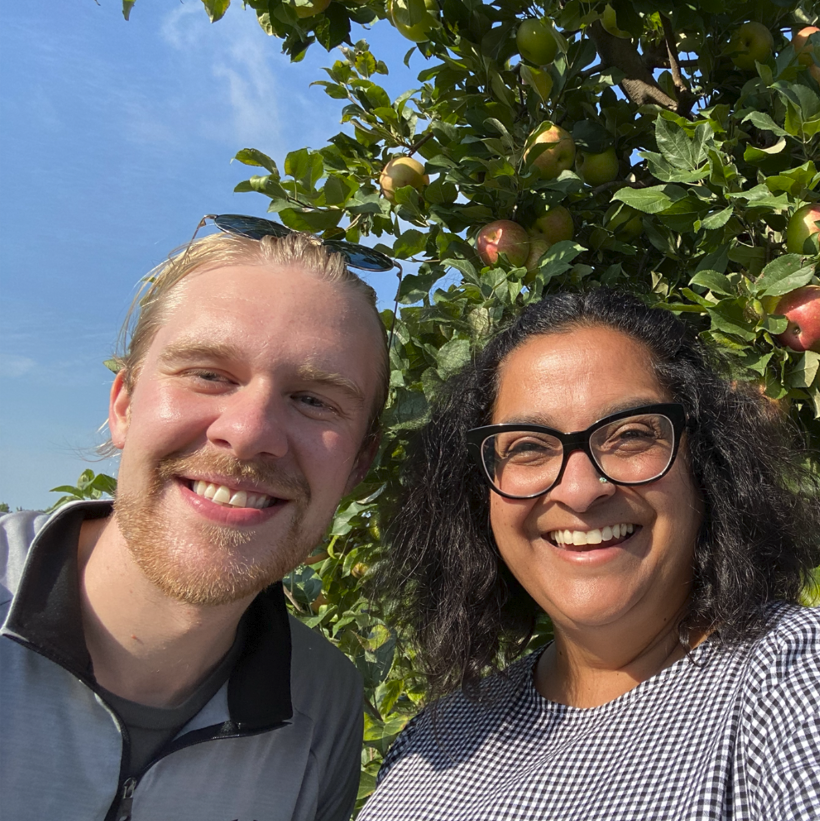
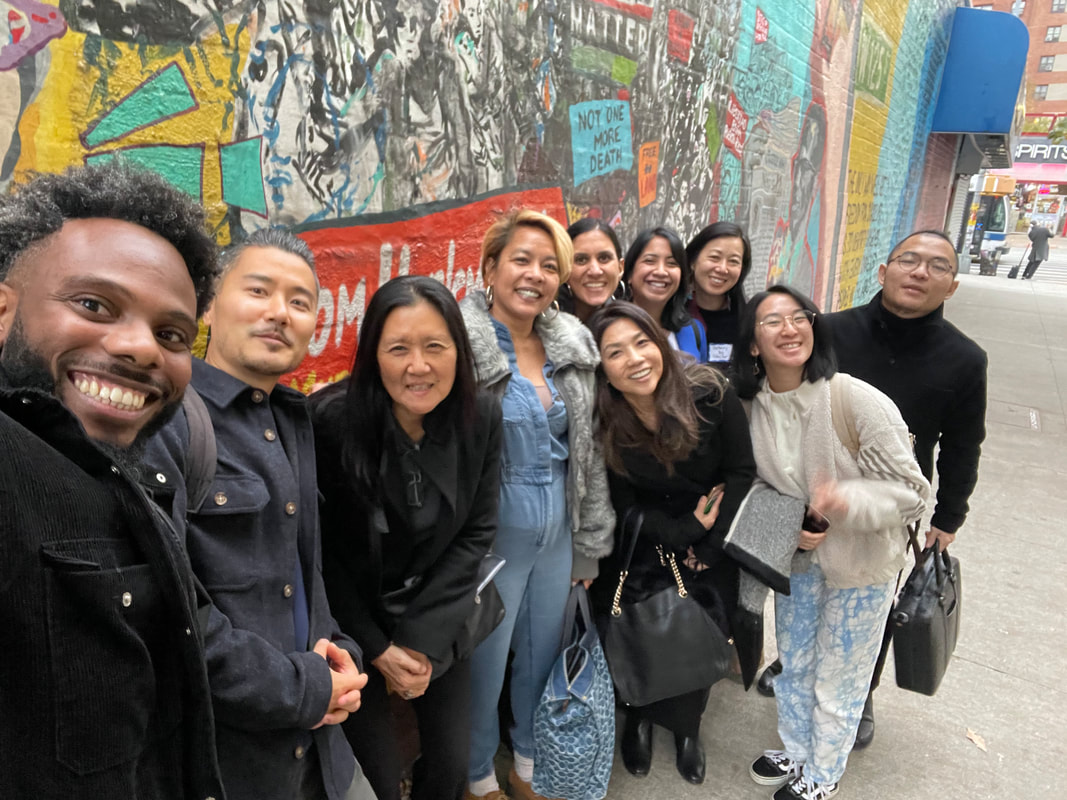
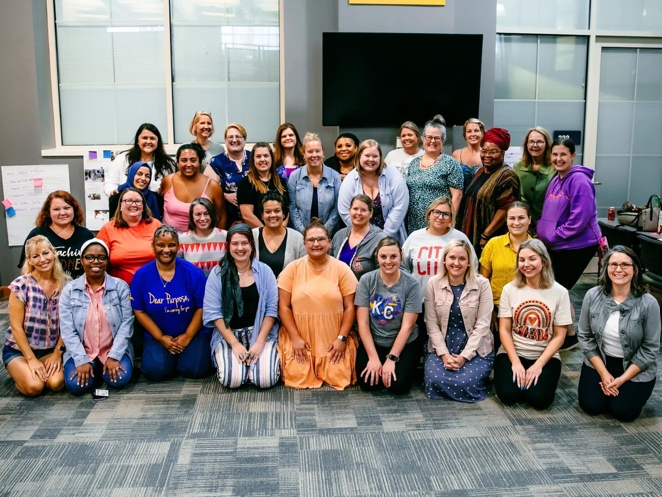

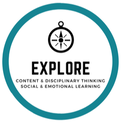

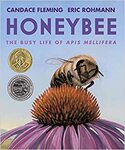
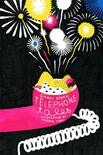
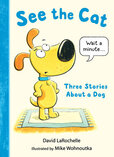
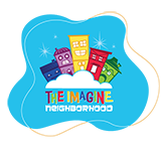
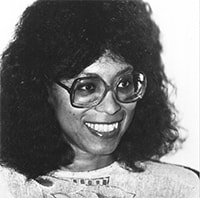
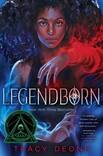
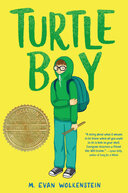
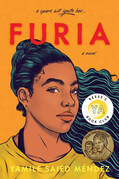
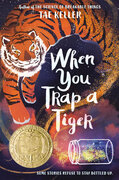
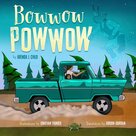
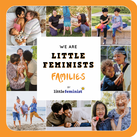
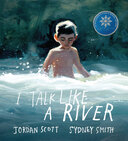
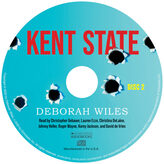
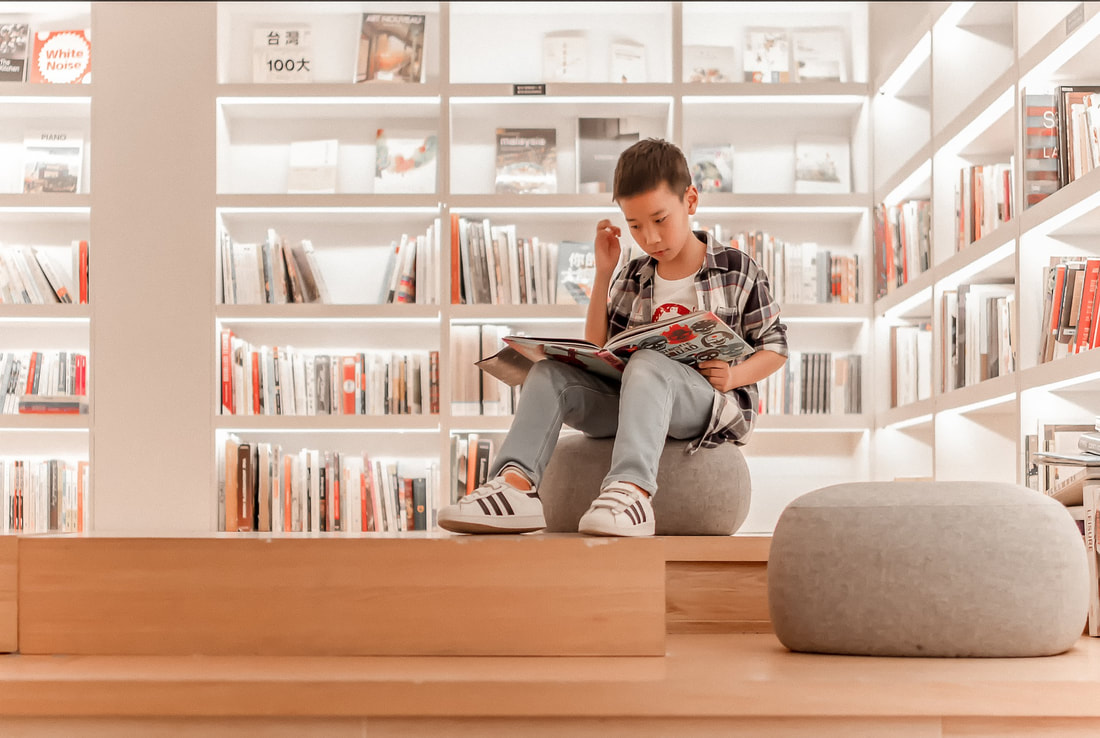
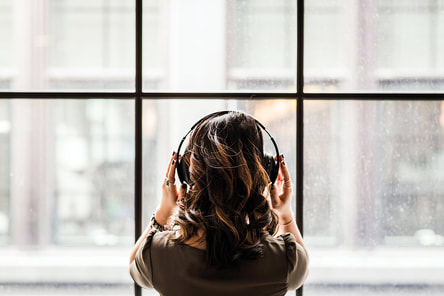

 RSS Feed
RSS Feed